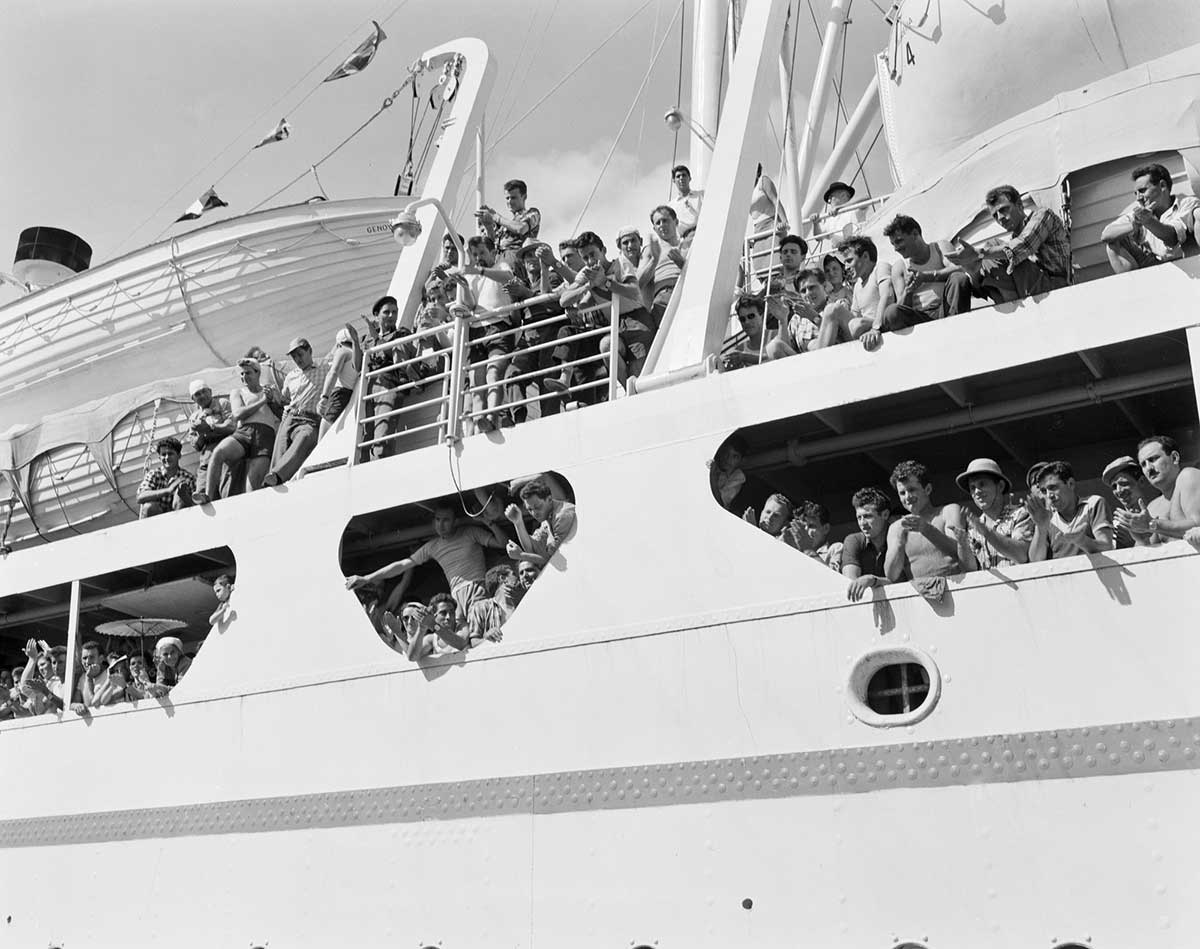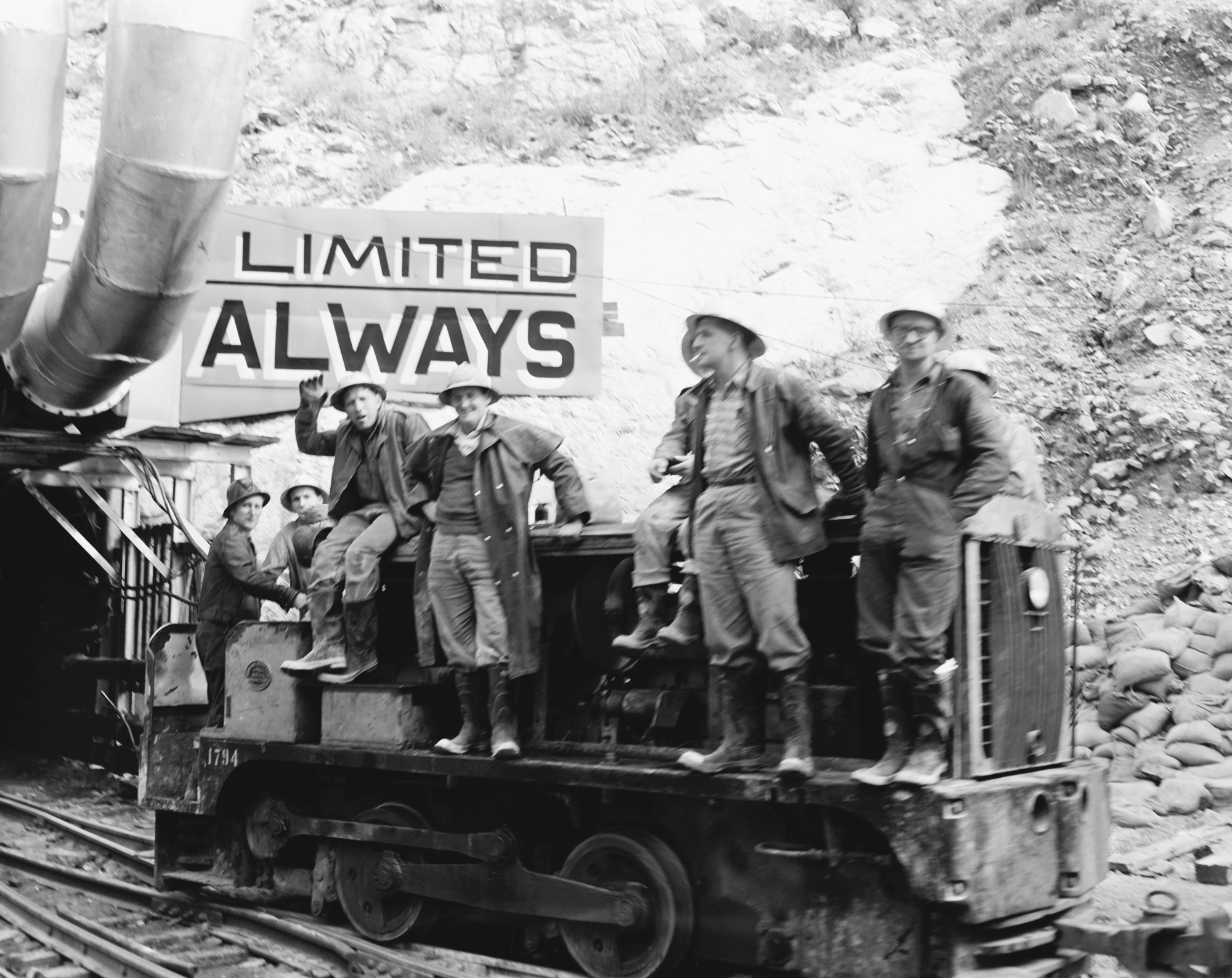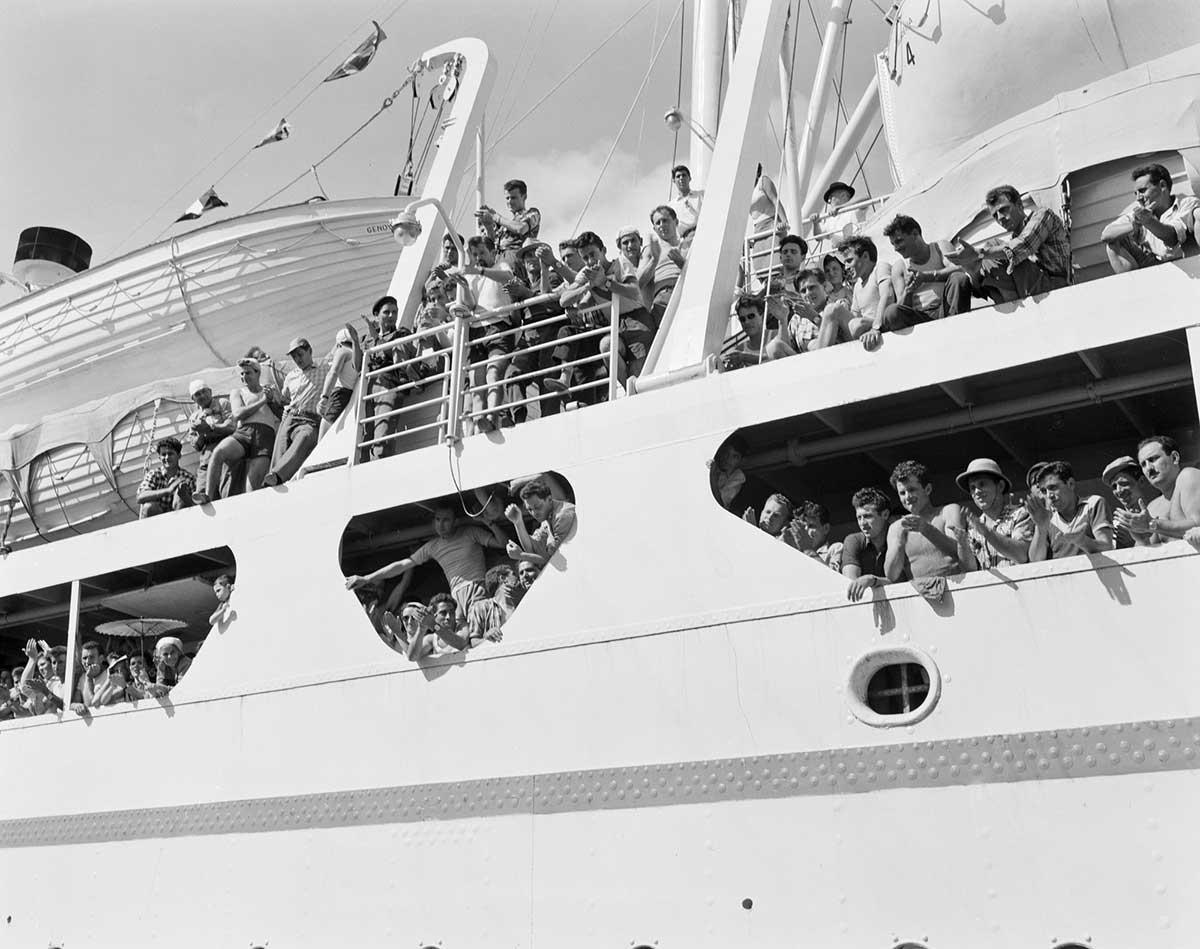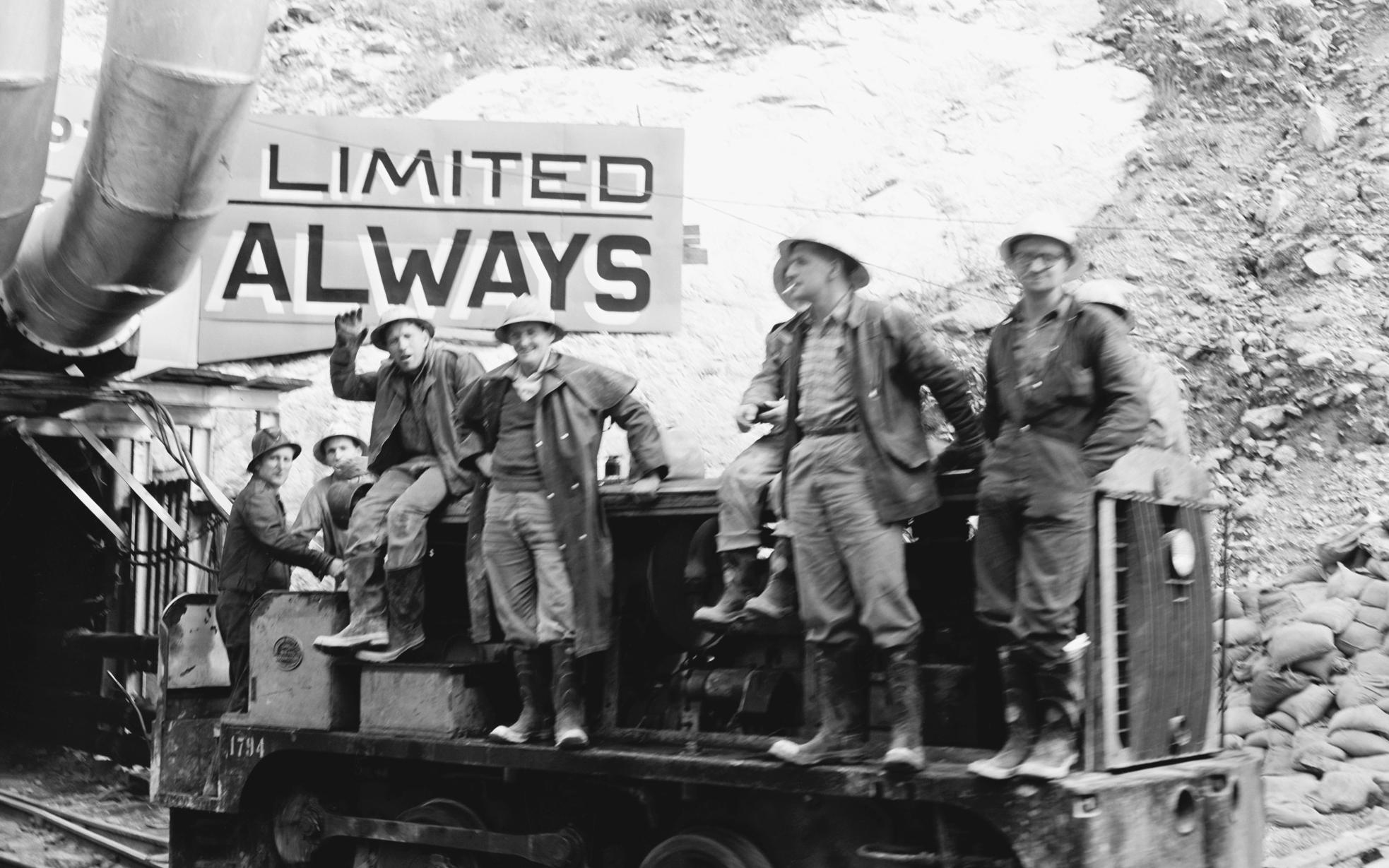Learning module:
Migration experiences Defining Moments, 1945–present
Investigation 2: Postwar European migration
2.2 1945 ‘Beautiful Balts’: Australian Government announces a postwar immigration drive
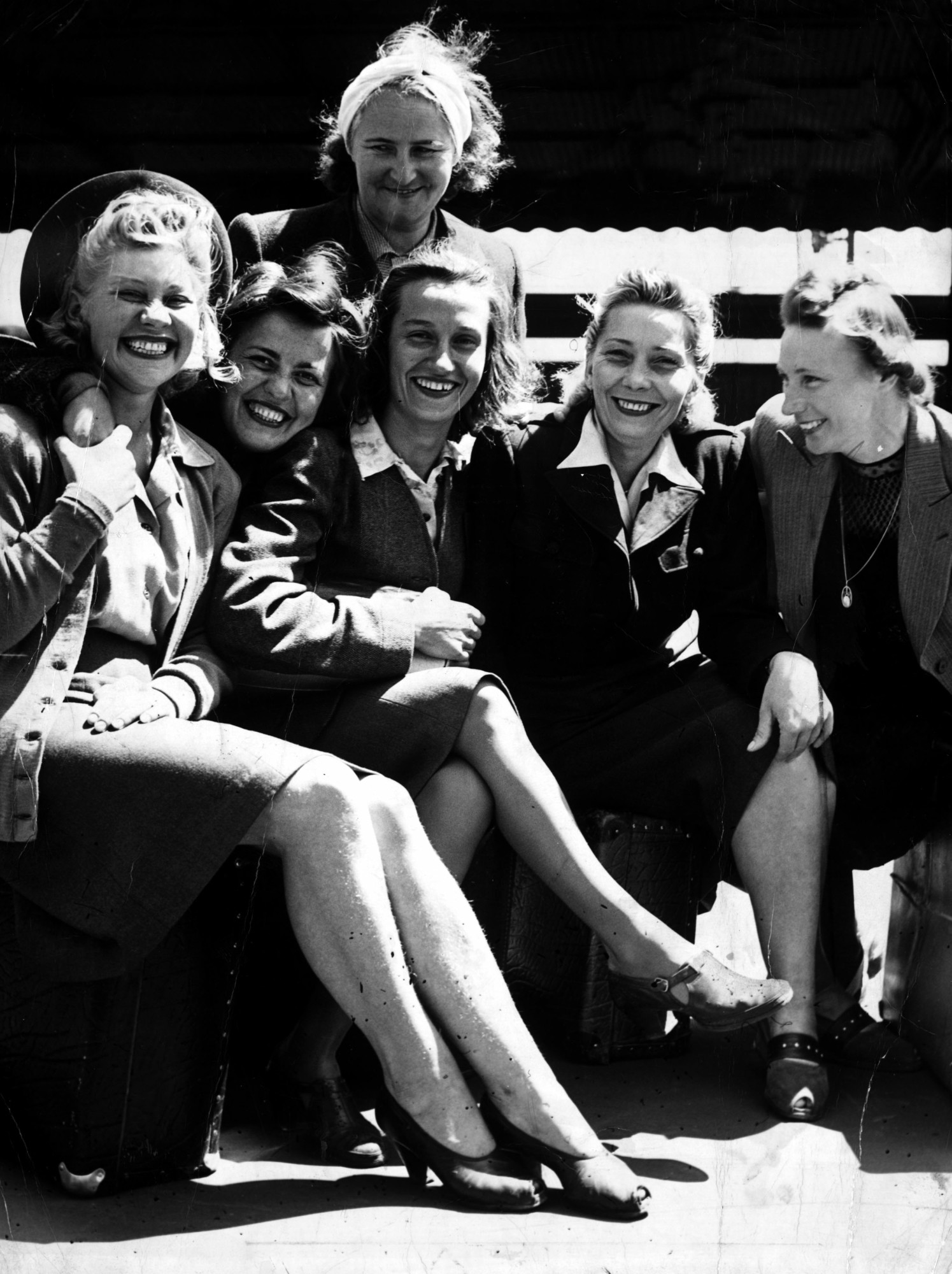
In 1945 the Australian Government announced that it would be seeking both British and other European migrants. By 1947 over 400,000 British people had registered for subsidised migration to Australia. Between 1947 and 1952 a further 170,000 displaced persons (‘DPs’) in refugee camps in eastern Europe had been selected by Commonwealth officials and brought to Australia. The ‘DPs’ had to work for the Australian Government for two years, and in return they received food, accommodation, education and health services, and the standard wage. They were free to stay or return after two years.
Read the information in the Defining Moment in Australian history: 1945 Australian Government announces postwar immigration drive and use it to answer these questions.
1. What did ‘populate or perish’ mean?
2. What circumstances created that attitude?
3. What did Immigration Minister Arthur Calwell’s phrase ‘develop and defend’ mean?
4. How responsive to the idea of ‘populate or perish’ were Australians?
5. Calwell said: ‘The door will always be open within limits of our existing legislation to the people from the various dominions [those former British colonies of South Africa, Canada and New Zealand], United States of America and from European continental countries’. What was the significant change expressed in that statement for Australian immigration policy?
6. What significant aspects of the immigration policy stayed the same?
7. One aspect of government postwar immigration was the Assisted Passage Migration Scheme. By what other name is it commonly known?
8. How did it show a continuity in immigration policy?
9. Part of Calwell’s plan was to recruit ‘DPs’, displaced persons, from European camps. Why would these people be both suitable and willing migrants to Australia?
10. What strategy did Calwell use to help people in Australia accept the new migrants?
11. Why would such a strategy be necessary?
12. What were the population growth results from the policy?
13. The immigration policy up to 1965 continued to restrict the migrants who could come to Australia. Suggest arguments that Calwell might have used to justify retaining restrictions on immigration.
Look back at the Key questions. Which of these questions do you think you can now answer fully? Which need more research?
14. Now complete this sentence:
Exploring further
Here is the photograph you saw earlier. It was published in a popular Melbourne daily newspaper, the Sun, on 5 January 1948, after the arrival of the first postwar displaced persons migration ship, the General Black. The newspaper caption read: ‘Some recent East European refugee women enlist as trainee nurses.’
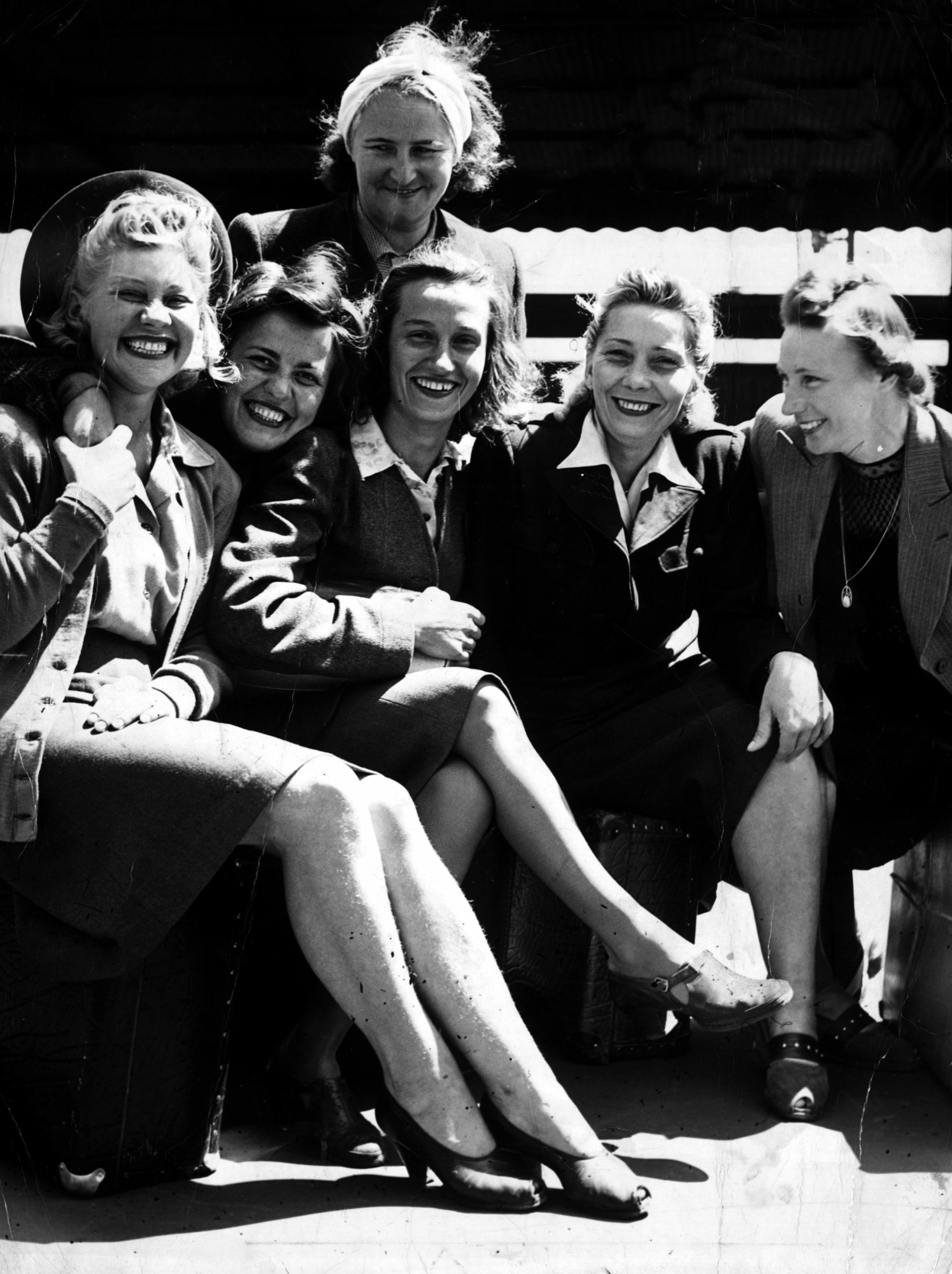
15. Describe who is in the photograph.
16. What words in the caption are likely to have a positive impact on viewers?
17. What do you think Immigration Minister Arthur Calwell would have thought about this photograph?
18. Do you think this photograph would have influenced people‘s support for the scheme? Explain your reasons.
19. Would you describe this photograph as propaganda? Explain your reasons.
20. Do you think it is fair for newspapers to publish images that, while true in part, do not tell the whole story or are not a fair representation of a story? Explain your ideas.






